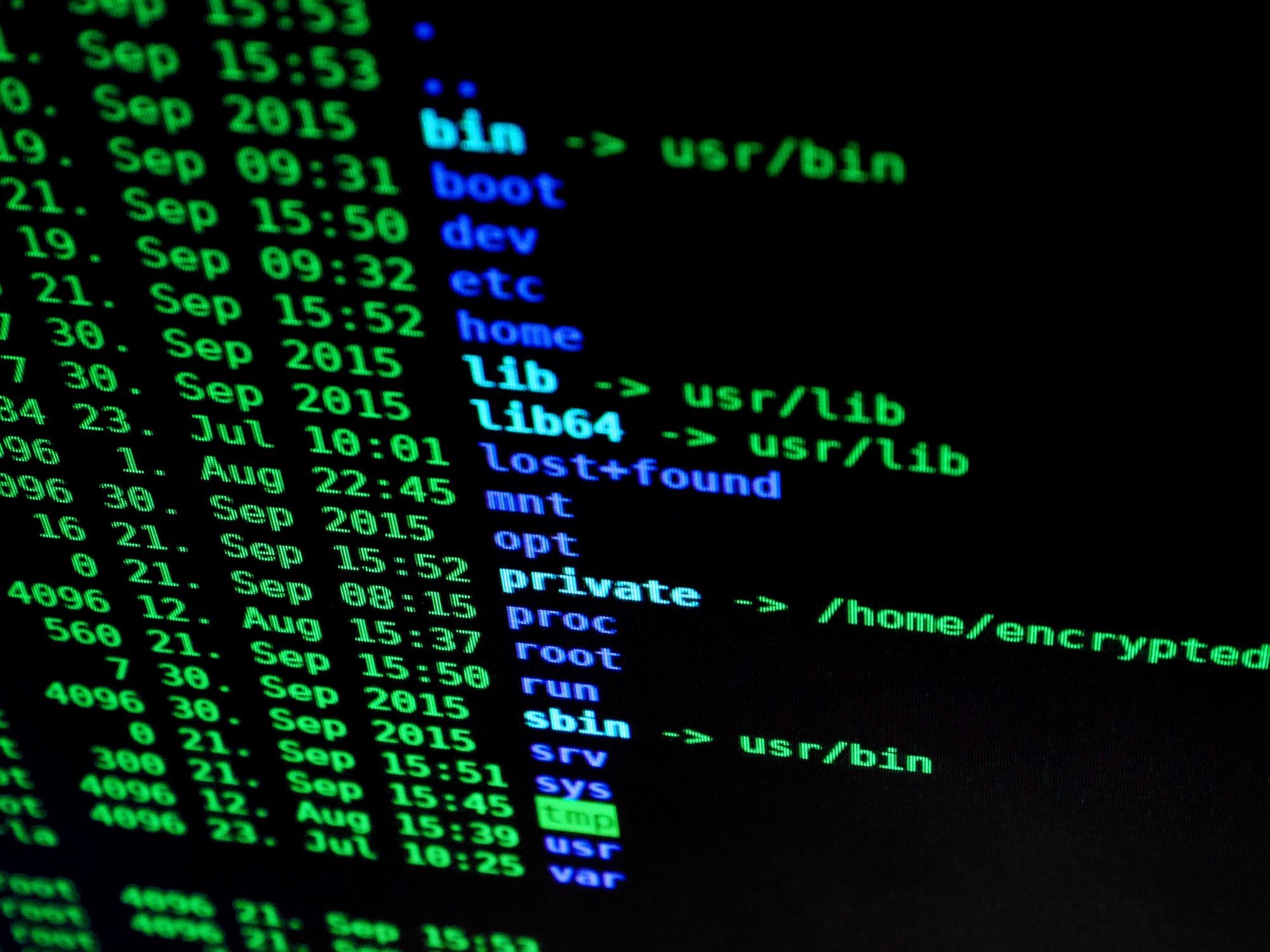Mastering the Essentials: Linux Commands for DevOps engineers
 Naveen Chandran
Naveen Chandran
Unix commands are the cornerstone of a DevOps engineer's toolkit, offering a dynamic range of capabilities that streamline tasks and amplify efficiency. In this blog, I will delve into essential commands for file and directory handling, permissions management, networking diagnostics, and more. These commands empower DevOps engineers to navigate the intricate infrastructure landscape, troubleshoot effectively, and orchestrate seamless collaboration, making them indispensable for fostering a robust and agile DevOps environment.
Commands to start with..
1. File and Directory Handling:
ls (List Files and Directories): This command is used to list the contents of a directory. It provides information about files, directories, permissions, ownership, and modification dates.
ls -l /path/to/directorycd (Change Directory): This command is used to change the current working directory. It allows you to navigate to a different directory in the file system.
cd /path/to/new/directorymkdir (Create a Directory): This command creates a new directory with the specified name.
mkdir new_directorycp (Copy Files or Directories): This command is used to copy files or directories from one location to another.
cp file.txt /path/to/destinationmv (Move Files or Directories): This command is used to move files or directories from one location to another, and it can also be used to rename files or directories.
mv old_file.txt /path/to/new/location/rm (Remove Files or Directories): This command is used to remove files or directories. Be cautious when using this command, as deleted data is not recoverable by default.
rm file.txtpwd (Check your present working directory): This command will display the absolute path of the current working directory you are in.
pwd
2. Permissions Management:
chmod (Change File Permissions): This command is used to change the permissions (read, write, execute) of files or directories. Permissions can be specified using numeric codes (e.g., 755) or symbolic notation (e.g., u+rwx).
chmod 755 file.txtchown (Change File Ownership): This command is used to change the ownership of files or directories. It allows you to change the user and group associated with the file.
chown user:group file.txt3. Networking Diagnostics:
ping (Ping to Check Connectivity): This command sends ICMP echo requests to a target host to check if it's reachable and measure the round-trip time.
ping google.comifconfig (or ip**) (Display Network Interfaces):** This command displays information about network interfaces, including IP addresses and network configuration.
ifconfignetstat (Check Network Connectivity): This command provides information about active network connections, routing tables, interface statistics, masquerade connections, and more.
netstat -tulnnslookup (or dig**) (Lookup Domain Information):** This command is used to query DNS (Domain Name System) servers to get information about domain names.
nslookup google.comtraceroute (Check Route Information): This command traces the route that packets take to reach a destination, showing the IP addresses of intermediate hops.
traceroute google.comIn summary, these fundamental Linux commands for file and directory handling, permissions management, and networking diagnostics are the foundation of your DevOps journey. Remember, this is just the start. As you delve deeper into the DevOps realm, you'll uncover a universe of more advanced commands and tools that will enable you to orchestrate, automate, and innovate across the landscape of development and operations, propelling you towards expertise and innovation. Embrace these essentials, keep learning, and let them take you forward on the exciting path of mastering DevOps.
Subscribe to my newsletter
Read articles from Naveen Chandran directly inside your inbox. Subscribe to the newsletter, and don't miss out.
Written by
